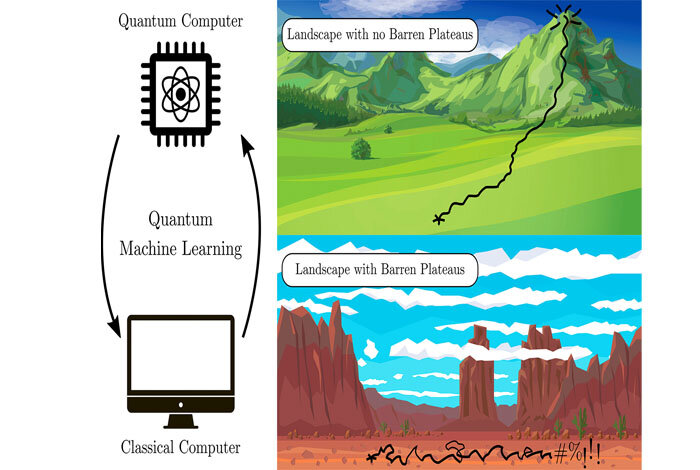Researchers from the Harvard John A. Paulson School of Engineering and Applied Sciences (SEAS) in collaboration with industry partners at Freedom Photonics and HyperLight Corporation, have developed the first fully integrated high-power laser on a lithium niobate chip, paving the way for high-powered telecommunication systems, fully integrated spectrometers, optical remote sensing, and efficient frequency conversion for quantum networks, among other applications.
The team used small but powerful distributed feedback lasers for their integrated chip. On chip, the lasers sit in small wells or trenches etched into the lithium niobate and deliver up to 60 milliwatts of optical power in the waveguides fabricated in the same platform. The researchers combined the laser with a 50 gigahertz electro-optic modulator in lithium niobate to build a high-power transmitter.
By combining thin-film lithium niobate devices with high-power lasers using an industry-friendly process, this research represents a key step towards large-scale, low-cost, and high-performance transmitter arrays and optical networks. Next, the team aims to increase the laser’s power and scalability for even more applications.
Harvard’s Office of Technology Development has protected the intellectual property arising from the Loncar Lab’s innovations in lithium niobate systems. Loncar is a cofounder of HyperLight Corporation, a startup which was launched to commercialize integrated photonic chips based on certain innovations developed in his lab. (SciTechDaily)
The research has been published in the journal Optica.



